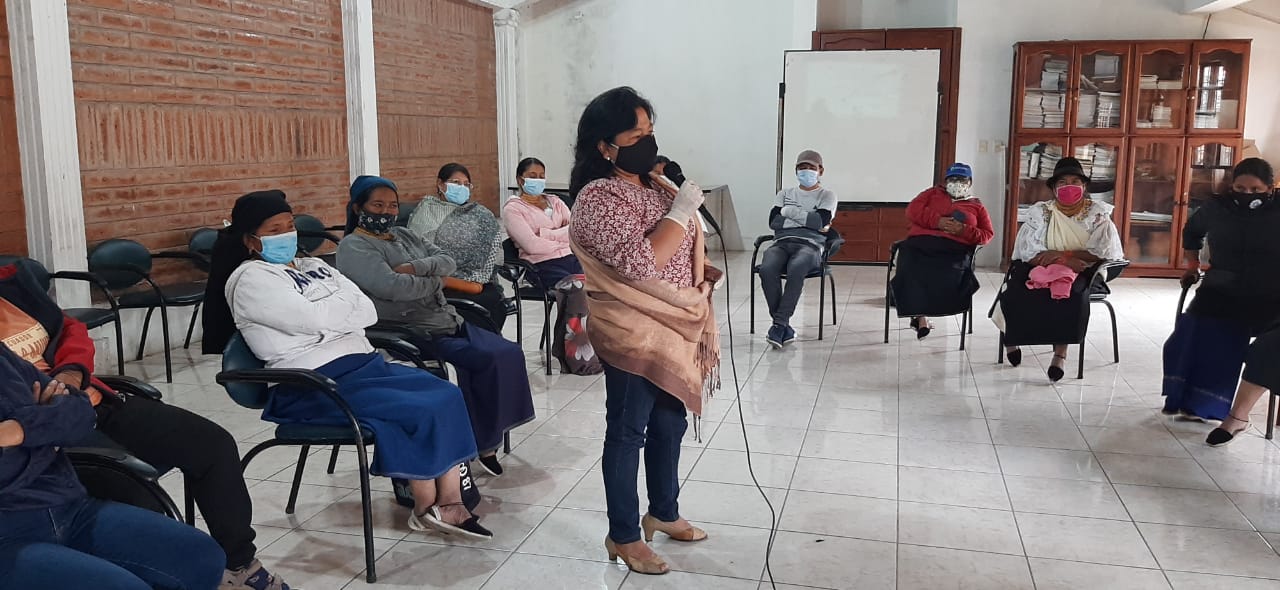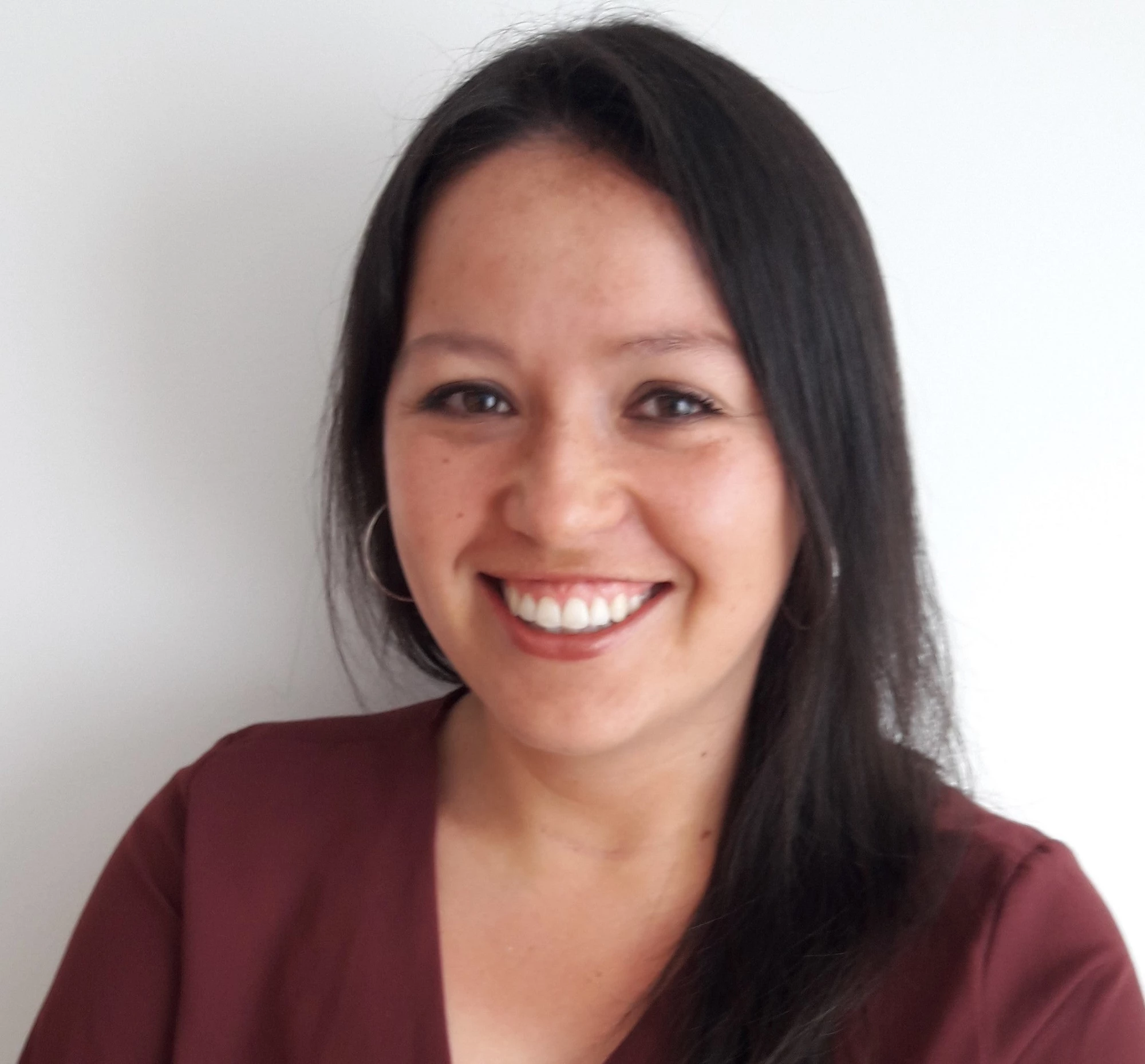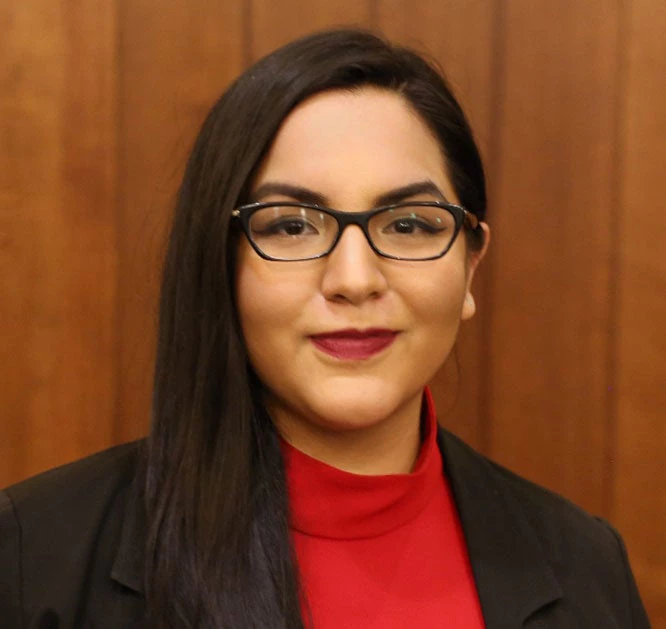 Prevención Violencia de Género Ecuador
Prevención Violencia de Género Ecuador
Gender-based violence (GBV) is widespread in Ecuador, and indigenous women and girls are some of the most affected. Around 6 out of 10 women in Ecuador have experienced some type of violence based on gender, with indigenous groups showing very high levels (68%), aggravated by discrimination in the labor market and access to health services based on ethnicity, culture, socioeconomic status, or age.
Persistent and discriminatory social norms can often fuel and/or mask this pervasive violence (a quarter of all surveyed women justified domestic violence). The COVID-19 crisis has contributed to increased risk of GBV due to the emotional stress arising from income insecurity and confinement.
The World Bank is financing an operation in Ecuador to improve livelihoods and support COVID-19 recovery for targeted Indigenous, Afro-Ecuadorians, and Montubian Peoples (IPAMs), according to their vision and priorities for development. It is the Territorial Economic Empowerment for the Indigenous, Afro-Ecuadorians, and Montubian Peoples and Nationalities (TEEIPAM) project; that plans to start its implementation in early 2022.
International evidence shows that combining economic interventions with gender-transformative programming for women, effectively prevents some types of GBV. In this sense, the TEEIPAM project includes a program to reduce GBV and increase indigenous women’s economic empowerment
To design the GBV prevention program, the team conducted extensive qualitative and participatory research to identify the context of GBV in the indigenous communities of Cotacachi, Ecuador . It conducted six focus group discussions with women, men, young women, and young men of the indigenous communities and 24 in-depth interviews with indigenous organizations, indigenous leaders, non-profit organizations, and institutional authorities. About 130 people were part of the research.
The team also conducted a literature review on what works to prevent GBV to consider global evidence in the activities design. An indigenous woman from the community led the formative research, and the team partnered with a local women's indigenous organization – The Women Central Committee (Comité Central de Mujeres) – to support the fieldwork.
The main research findings are:
- The main types of GBV in the community are intimate partner violence in all its forms (physical, sexual, psychological, economic), sexual violence among family members, and political violence.
- The cosmovision of the indigenous community is linked to a binary understanding of the genders that are seen as complementary from a vertical logic. Women, resembling the land, are seen as life givers while men are perceived to have power over them.
- GBV is justified by community members who often blame the victims. This type of violence is usually based on the belief that women are men’s property and should do what they say.
- Gender norms are related to traditional roles that are imposed at an early age where men are considered as the provider and authority, and women are portrayed as responsible for household chores, limiting their economic, political, and community participation.
- Women have limited access to decent and paid work, which causes an economic dependence on their partners or male relatives.
- Women are subject to higher levels of demand in all areas of their lives, leaving them without free time and access to recreational spaces.
- Gender and ethnic discrimination are present in the community, limiting women’s access to public services such as education and health.
- Women's sexuality is limited by the control and violence of their partners. They also have limited access to reproductive health services.
- GBV is related to other community problems such as poverty, teenage pregnancy, alcoholism, youth gangs, among others.
This work has been used to design the TEEIPAM–GBV prevention program that has four elements with tailored activities focused on GBV prevention:
- An institutional level component, to train and sensitize the local authorities and strengthen the participation of the indigenous communities in coordination spaces.
- A community level component, to undertake community mobilization activities and conduct communication strategies with appropriate local activities, such as painting murals.
- A household level component, that will create active learning spaces to discuss gender equality, healthy relationships, effective communication, and livelihood strengthening.
- An indigenous authorities and leaders component, which looks to work alongside indigenous leaders to effectively develop and send the message to their communities that GBV is not acceptable, and strengthen the community sanction mechanisms.
The program design integrates fieldwork results, international evidence, and an intercultural approach, where all the activities are designed and validated with the indigenous communities.
The team plans to evaluate this activity rigorously and contribute to closing a knowledge gap in the region – what works to prevent GBV in indigenous communities in Ecuador.






Join the Conversation